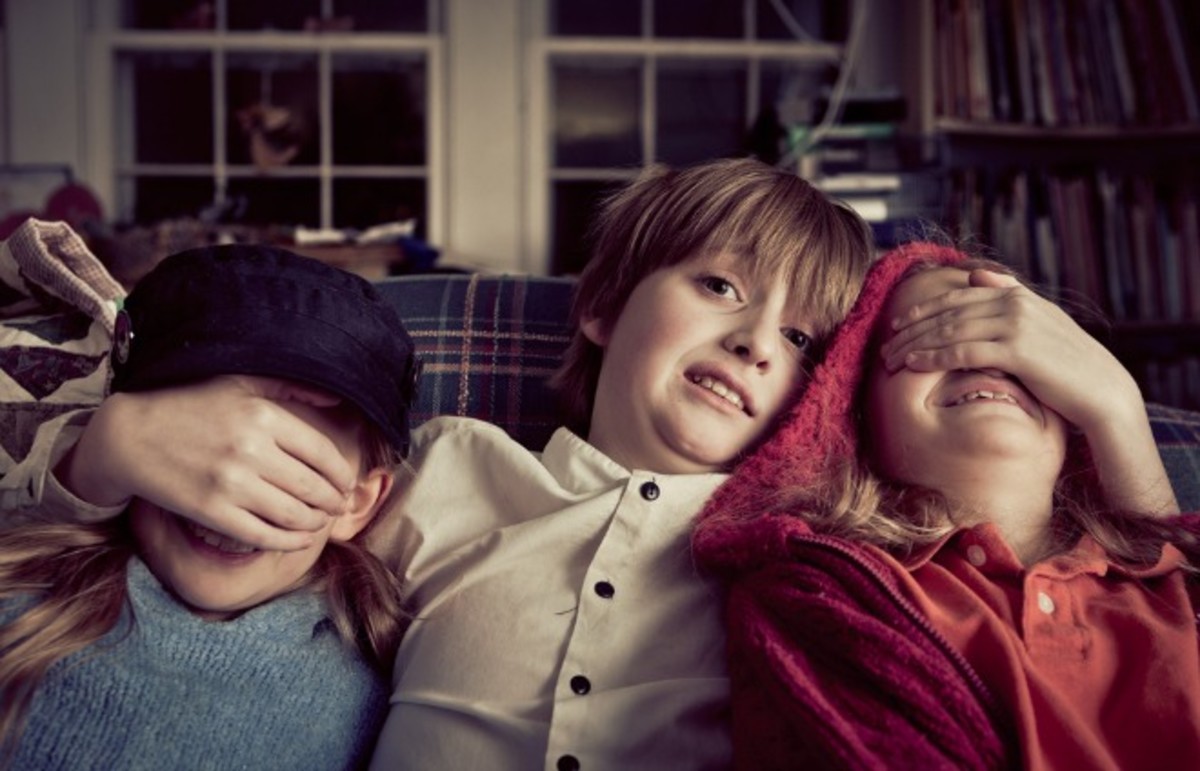October is almost coming to an end, and Halloween is just around the corner, so it’s only part of the Halloween spirit that we discuss some of the scariest known films that have “graced” us through the last few years. Many psychological horror and thriller films have been steadily gaining popularity, especially when there’s a need to “satisfy” the thirst for intellectually stimulating movies.

But first, what is a psychological horror film, and how is it different from your usual horror movie? As the name suggests, psychological horror films are a different beast since it incorporates various unconventional tactics. For one, it doesn’t necessarily rely on heart-racing action but would instead rely on other cinematic cues that will keep you on the edge of the movie theater seat while messing with your head.
But what makes these types of films scary? What don’t we just watch your usual jump-scare horror and monster film that we are all so familiar with? Well, there’s more to psychological horror than what meets that eye. Here’s what you should know.
What Makes These Films Scary?
Sound Design
Historically, movies used to be silent and needed subtitles for most people to understand the narrative. But as centuries pass, movie productions started incorporating state-of-the-art recording systems and sound systems to bring viewers the best-known immersion that’s possible. Bringing the viewer into the movie’s narrative by getting most of their senses involved can immerse them to the fullest. Hearing, vision, and sometimes even vibrations through the movie’s sound design can definitely leave some hairs standing.
Sound design has been a significant factor for many industries and not just specifically for the film community. For many operas and dramas, sound design and lighting are so important that most ancient operas that would be used to host some of the oldest dramas in history are known for specifically designing their venues in having an acoustic layout that would help amplify sound and music.
There are a variety of different plays and dramas that have been placing a lot of emphasis on their sound design, just like the Sights and Sounds of Jesus, which has been critically acclaimed, not just for its sound design, but for the quality of their visual lighting and preparation.
Compared to other aspects, sound design is one that will help keep most viewers and individuals at the edge of their seats. Whether it’s just pure silence or a slow adagio of bass that’s slowly climbing up to a suspenseful finish, the sound design will always play an important part.
Cinematography
This aspect is one of the cornerstones of every movie and will generally be what will make and break movies. Psychological horror films and slow burns are known for being subtle with details and will often use cinematography to their advantage. What might seem like a clue that’s in plain sight or a shadowy figure that’s in the room isn’t really seen until you look hard enough.
Premise
Of course, the film’s idea and premise will have a good impact on how most people will see the movie and will generally set the atmosphere of the movie. Whether it’s a psychological thriller with a serial killer on the loose, an amorphous monster that can take the form of living things that it consumes in frigid ice wasteland in the middle of nowhere, or some ghastly presence that can’t be seen but is obviously messing with their victim’s mindset, the premise is what will draw people in, especially in trailers and teasers.
In certain movies, world-building is a great way of building a story through a set of different franchises. Several horror writers such as H.P. Lovecraft has been building a whole universe based on the idea of cosmic horror and have come up with a variety of different novels that are linked to each other. This idea of building a whole universe that’s tied-in to a movie.
Planting a Thought in Your Mind
Lastly, right after the movie ends, you’re left bedazzled, and you ask yourself, “What did I just watch?” and you’ll be wondering what you just watched in the next few days to weeks.
A lot of psychological horror films are quite ambiguous about how it ends. Most of the time, you’re just left in awe, and it leaves more questions than answers. The fact that you’re left contemplating and wondering about what you just watched, and the present state of your worldly views is what makes psychological horror true to its name: it messes with you mentally and emotionally.
Compared to your usual horror movie that relies heavily on jump scares and cliche tropes of monsters and baddies, psychological horror taps into something that’s very primal in a viewer’s psyche: fear and anxiety. Most of these movies don’t really have to be too reflective, but it does get your brain cells moving, and that’s what matters the most. It’s no wonder why slow burn movies such as Ari Aster’s Hereditary and Midsommar have gained a lot of good praise from the film industry: they’re not films that you can just watch once and go “Oh, okay.”
Conclusion
Overall, psychological horror films are a different breed of horror films that most people are used to. Instead of being in-your-face with horror scenes, these films will usually take their time messing with your head and planting a seed in your head that will keep you wondering what just happened, even weeks after watching these films.
Just like any movie and film in the industry, horror movies are all about tricking the viewer and getting them sucked into the world without them knowing that they’re just sitting down and eating popcorn. Psychological horror movies are definitely masterfully-crafted and very tasteful works of art and labors of love from film producers. In the spirit of Halloween, you should watch at least one psychological horror film with your friends!

Leave a Reply